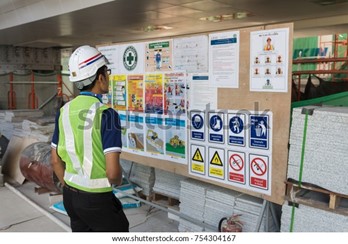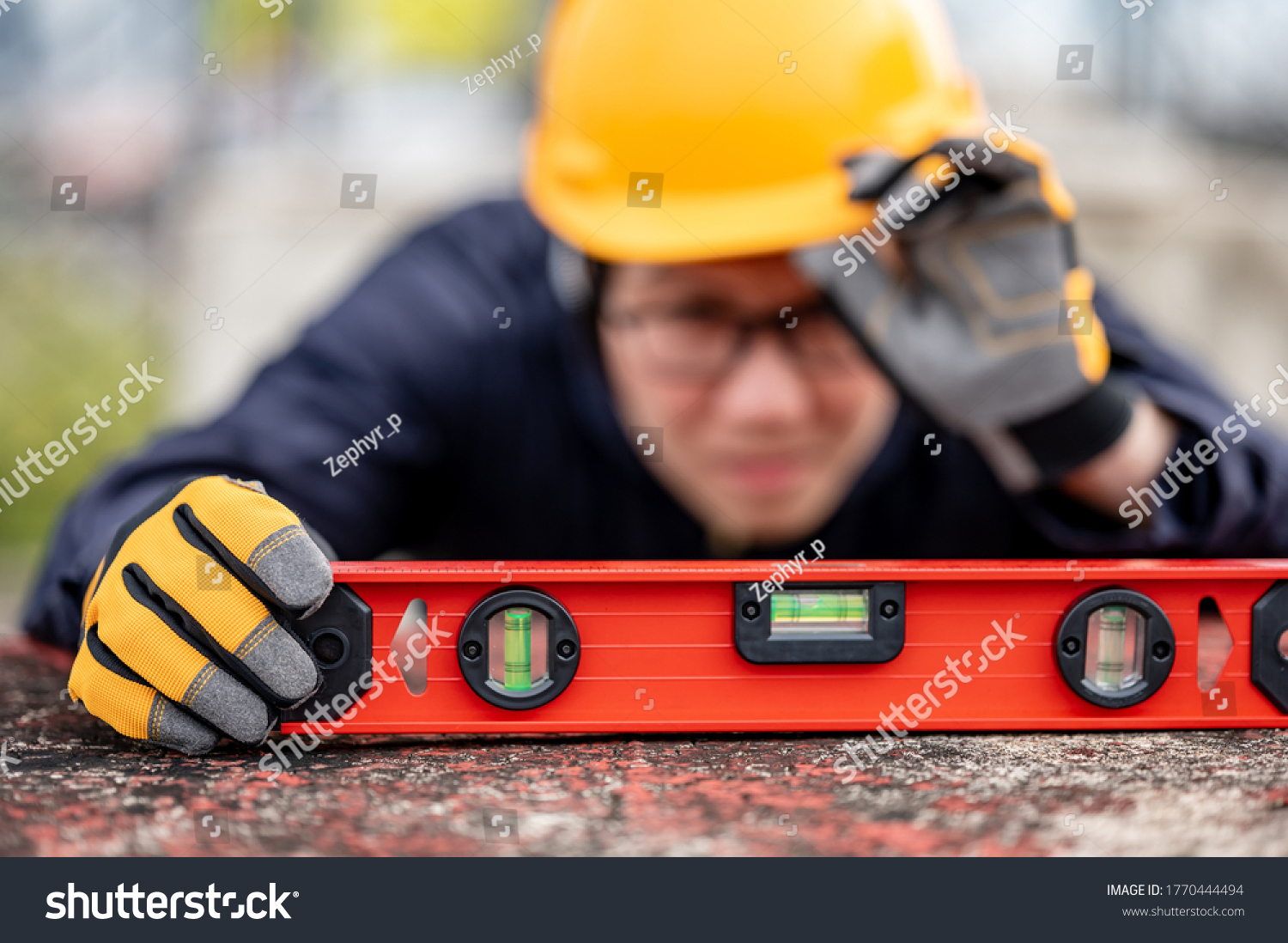Welcome to the apply basic levelling procedures module. As you progress, you will learn how to carry out levelling in a single plane for the purpose of establishing correct and accurate set-out of building components. It includes the set-up, testing and use of levelling devices, and establishing and transferring heights using a range of levelling equipment.
As you progress through the learning, you will learn how to:
- plan and prepare for the levelling task.
- select the appropriate levelling tool for the task.
- set up and use the selected levelling device to identify the required height or level and shoot and transfer heights and levels.
- check device tolerances according to manufacturer specifications.
- document results of levelling activities.
- clean up the work area.
- clean, check, maintain and store tools and equipment.

Legislation
As you have come to find, Legislation is an integral part of the construction industry and applies to all aspects, including the application of levelling procedures. Always keep in mind, that Legislation is subject to change, you will need to ensure you have kept up to date with the legislation in case there is a change you need to be aware of.
- Legislation in the construction industry ensures the quality of constructing buildings and ensures the safety of people. The following legislation is relevant to this module:
- Building Act 2004 (and relevant state and territory instruments)
- Building Regulations (relevant to each state/territory)
- Work Health and Safety Act 2011 (and relevant state and territory instruments)
- Work Health and Safety Regulations 2011 (and relevant state and territory instruments)
- The Environmental Planning and Assessment Act 1979 (and relevant state and territory instruments)
- The Environmental Planning and Assessment Regulations 1979 (and relevant state and territory instruments)
- Other state and territory-based legislation and policies affecting buildings as described in NCC2019 (See Schedule 1)
- Relevant local laws depending on local government area.
Standards
There are not specific standards for levelling as such, however, there are standards that are applicable when it comes to the foundations of the work being carried out, that is, the groundwork.
These standards include:
- AS 2870–2011 Residential slabs and footings
- AS 1684.2–2010 Residential timber-framed construction – Non-cyclonic areas.
Like many jobs you carry out, there needs to be a job safety analyses and a safe work method statement and levelling is no different. While it may seem like a simple task, how many hazards can there be?
Considering applying levelling
When determining what information is to go into a SWMS or JSEA, you need to consider the area which you are working.
A vacant block of land may look simple enough and may not seem at all dangerous or pose any risks, however, you must understand, not all ground is completely level, you will find much of the land you are working on will be uneven and unstable, which is likely to cause trips and falls. In addition, with so much space, areas need to be set up to carry out the works which then poses a risk of obstructions causing further trips, falls or collisions. Finally, the land may need to be vacant before the levelling can take place, this comes in the form of demolition and excavation Well, there are quite a few hazards that need to be considered that are likely to slip under the radar when works. These works alone pose a high risk.
Noise, dust, and the environment also pose risks when considering levelling. Imagine what the ground would look like after a week of torrential rain? Not only this, the exposure to the sun and wind is also higher because, you are not working in a covered area. Now we ask what noise and dust has to do with safety? Well, the noise can cause lapses in concentration and therefore effect efficiency when taking accurate levels along with, unawareness of what is happening around you and the dust can obstruct your vision.
Manual handling is not to be forgotten because levelling equipment may seem light weight and less bulky, regardless, you are required to carry them from one location to another and move other types of tools and equipment, therefore even when moving levelling equipment, there is little time for complacency.

